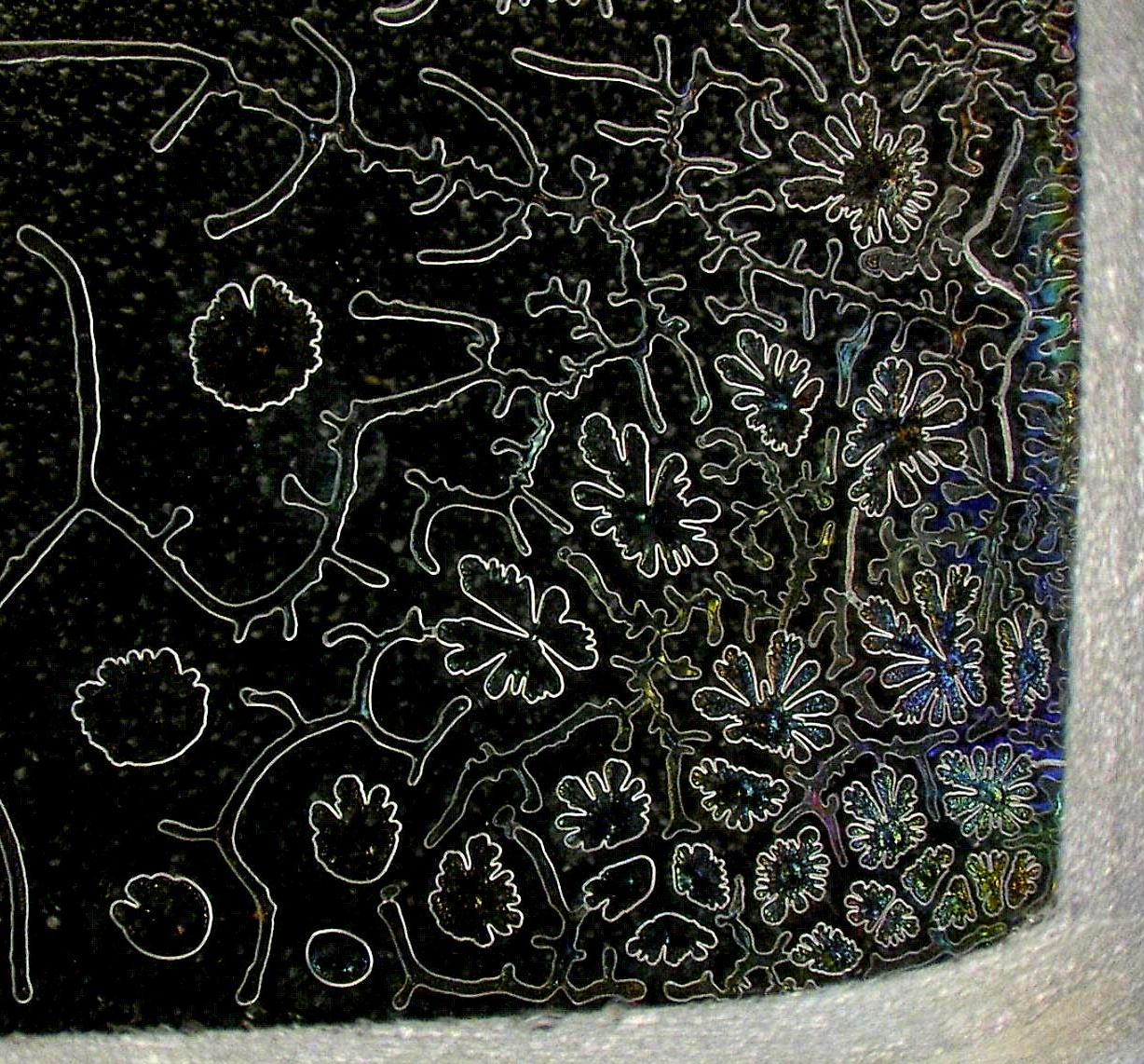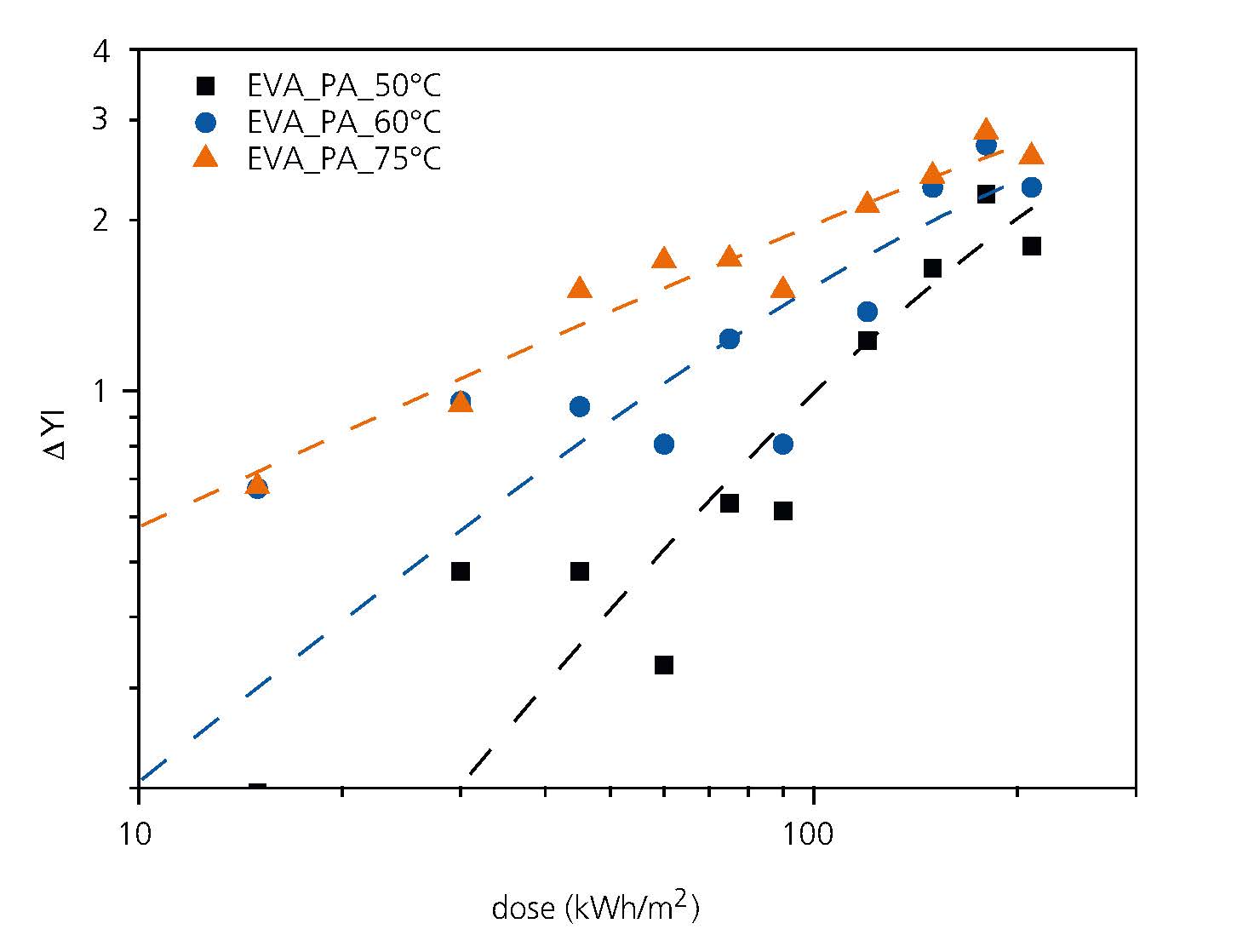| Duration: | January 2013 - March 2014 |
| Project Partners: | German Federal Ministry for the Environment, Nature Conservation and Nuclear Safety (BMU); TÜV Rheinland; Fraunhofer Institute for Mechanics of Materials IWM, Freiburg; Projektträger Jülich; HU Berlin; Solar Fabrik; Solon; Bosch; Solarwatt; SolarWorld |
Dependability of PV Modules II – UV Stability of Polymer Materials in PV Modules



In operation, PV modules are exposed to different degradation factors. For polymer materials, the damaging effect of UV radiation is particularly relevant. Investigating the UV stability of polymer materials in PV modules is therefore an important task within the joint research project on “Reliability of PV Modules II”. Fraunhofer ISE, which also coordinates the project, is working on the UV stability of the materials and non-destructive investigation methods with the goal of predicting the service life of PV modules. The results show clearly that interaction between the materials used and the module configuration affects the material degradation.
To investigate the UV-induced aging of polymer materials in PV modules and the effect of temperature on the ongoing aging processes, series of experiments were conducted in which the spectrum of the UV radiation was varied and different sample temperatures were maintained. The test samples are constructed analogously to industrially manufactured PV modules (Fig. 1) and consist of solar glass, various encapsulation materials (polyolefins and EVA) and back covers with different permeability to moisture (polyamide and glass).
The transmittance of the materials remains unchanged up to a UV dose of 150 kWh/m², which corresponds to approximately two years’ exposure in Central Europe. Up to 180 kWh/m², the transmittance decreased slightly. This decrease was similar for all testing temperatures for laminates with an impermeable back cover (glass – glass). In the laminates with a permeable back sheet, non-destructive Raman spectroscopic measurements (Fig. 2) showed a clear effect of the temperature on the resulting fluorescence, which is an indicator for polymer aging. In addition, it was observed that the yellowing of the glassglass laminates is more pronounced than for the laminates with a polyamide back sheet, which suggests a significant influence of the permeation properties of the backing materials on the aging of the encapsulation.